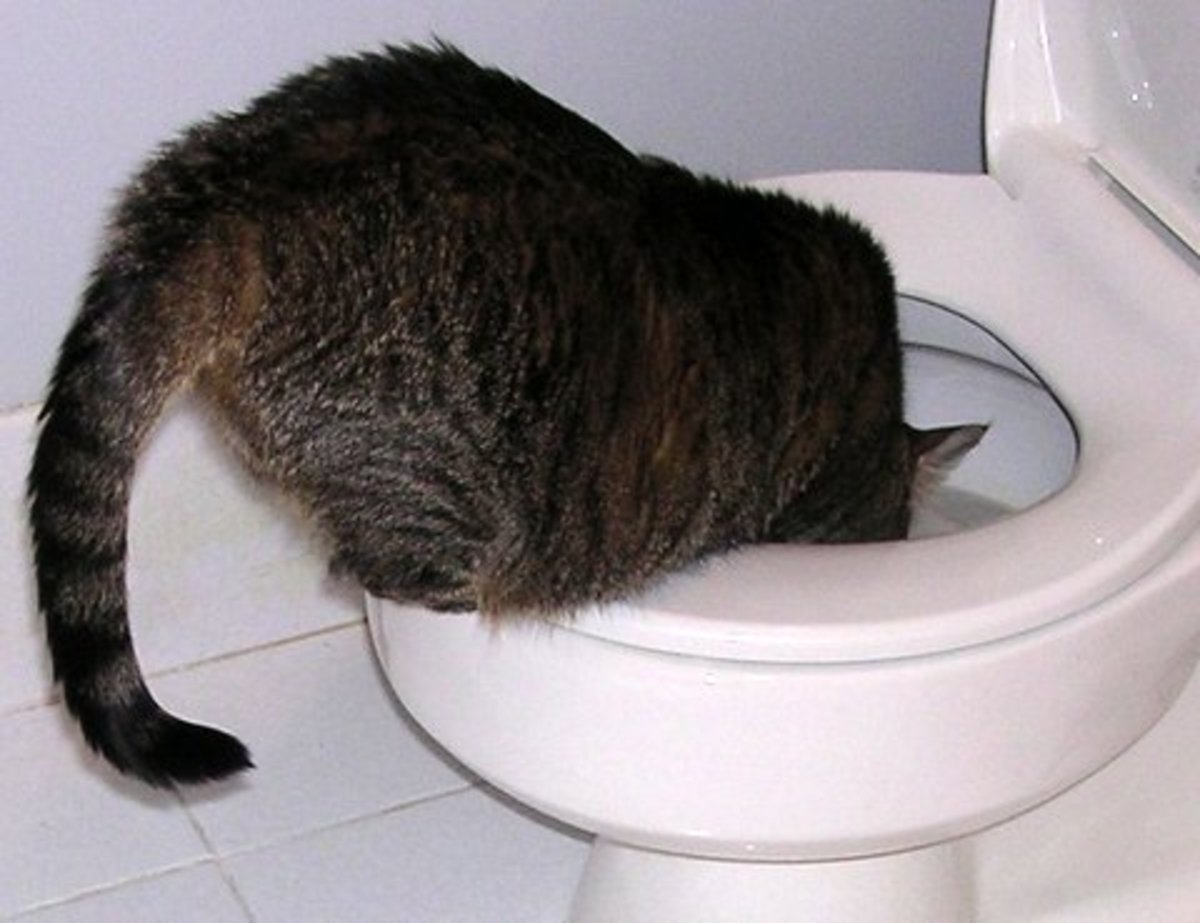Prevent Bathroom Disasters: Never Flush Cat Poop Down Your Toilet - Professional Guidance
Prevent Bathroom Disasters: Never Flush Cat Poop Down Your Toilet - Professional Guidance
Blog Article
We have unearthed the article involving How to Dispose of Cat Poop and Litter Without Plastic Bags listed below on the net and think it made perfect sense to write about it with you on this page.

Intro
As cat owners, it's essential to be mindful of how we dispose of our feline pals' waste. While it might appear convenient to flush feline poop down the commode, this practice can have harmful repercussions for both the setting and human health and wellness.
Alternatives to Flushing
Luckily, there are safer and much more accountable means to take care of cat poop. Think about the complying with alternatives:
1. Scoop and Dispose in Trash
The most typical approach of throwing away pet cat poop is to scoop it right into a biodegradable bag and throw it in the garbage. Be sure to use a dedicated trash scoop and get rid of the waste immediately.
2. Usage Biodegradable Litter
Go with eco-friendly pet cat clutter made from products such as corn or wheat. These clutters are eco-friendly and can be securely dealt with in the garbage.
3. Hide in the Yard
If you have a yard, consider burying cat waste in a designated location far from vegetable yards and water sources. Be sure to dig deep enough to avoid contamination of groundwater.
4. Install a Pet Waste Disposal System
Purchase a pet dog waste disposal system especially developed for feline waste. These systems utilize enzymes to break down the waste, decreasing odor and environmental influence.
Health and wellness Risks
Along with environmental problems, flushing cat waste can also present health and wellness risks to human beings. Pet cat feces might include Toxoplasma gondii, a parasite that can create toxoplasmosis-- a possibly serious health problem, especially for expecting females and people with weakened body immune systems.
Ecological Impact
Flushing pet cat poop presents damaging pathogens and parasites into the water supply, presenting a considerable threat to water environments. These contaminants can adversely affect aquatic life and concession water quality.
Conclusion
Liable animal ownership prolongs beyond giving food and shelter-- it also includes proper waste management. By avoiding flushing pet cat poop down the toilet and going with alternate disposal approaches, we can minimize our ecological footprint and secure human health.
Why Can’t I Flush Cat Poop?
It Spreads a Parasite
Cats are frequently infected with a parasite called toxoplasma gondii. The parasite causes an infection called toxoplasmosis. It is usually harmless to cats. The parasite only uses cat poop as a host for its eggs. Otherwise, the cat’s immune system usually keeps the infection at low enough levels to maintain its own health. But it does not stop the develop of eggs. These eggs are tiny and surprisingly tough. They may survive for a year before they begin to grow. But that’s the problem.
Our wastewater system is not designed to deal with toxoplasmosis eggs. Instead, most eggs will flush from your toilet into sewers and wastewater management plants. After the sewage is treated for many other harmful things in it, it is typically released into local rivers, lakes, or oceans. Here, the toxoplasmosis eggs can find new hosts, including starfish, crabs, otters, and many other wildlife. For many, this is a significant risk to their health. Toxoplasmosis can also end up infecting water sources that are important for agriculture, which means our deer, pigs, and sheep can get infected too.
Is There Risk to Humans?
There can be a risk to human life from flushing cat poop down the toilet. If you do so, the parasites from your cat’s poop can end up in shellfish, game animals, or livestock. If this meat is then served raw or undercooked, the people who eat it can get sick.
In fact, according to the CDC, 40 million people in the United States are infected with toxoplasma gondii. They get it from exposure to infected seafood, or from some kind of cat poop contamination, like drinking from a stream that is contaminated or touching anything that has come into contact with cat poop. That includes just cleaning a cat litter box.
Most people who get infected with these parasites will not develop any symptoms. However, for pregnant women or for those with compromised immune systems, the parasite can cause severe health problems.
How to Handle Cat Poop
The best way to handle cat poop is actually to clean the box more often. The eggs that the parasite sheds will not become active until one to five days after the cat poops. That means that if you clean daily, you’re much less likely to come into direct contact with infectious eggs.
That said, always dispose of cat poop in the garbage and not down the toilet. Wash your hands before and after you clean the litter box, and bring the bag of poop right outside to your garbage bins.
https://trenchlesssolutionsusa.com/why-cant-i-flush-cat-poop/

I recently found that blog entry on Can You Flush Cat Poop Down The Toilet? while doing a lookup on the search engines. Do you know about somebody else who is serious about Can You Flush Cat Poop Down The Toilet?? Be sure share it. We enjoy reading our article about How to Dispose of Cat Poop and Litter Without Plastic Bags.
Click Here Report this page